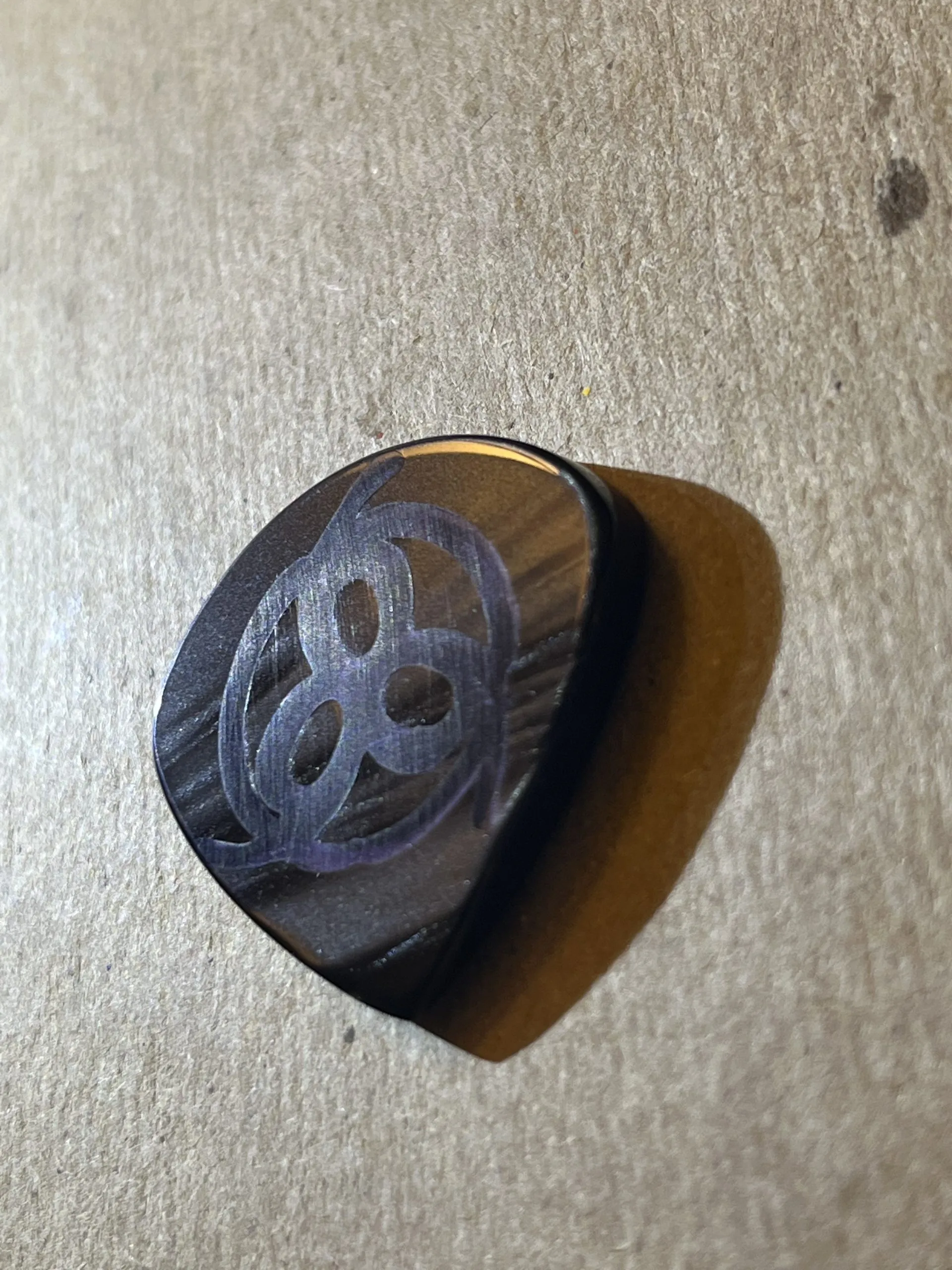What is a Diecast Model
A diecast model is a miniature replica of a vehicle, typically made using the die-casting process. This involves injecting molten metal, usually zinc alloy, into a mold to create detailed and accurate representations of cars, trucks, airplanes, and other vehicles. These models are highly sought after by collectors and enthusiasts of all ages. The level of detail and accuracy can vary greatly, from simple toys to highly detailed replicas that closely resemble the real-life vehicles. The appeal lies in their ability to capture the essence of iconic vehicles in a small, tangible form, allowing collectors to appreciate the design and engineering of these machines.
The History of Diecast Models
The history of diecast models is a fascinating journey that mirrors advancements in manufacturing and toy design. They evolved from simple, crude toys to highly detailed collectibles. The first diecast models emerged in the early 20th century, initially made of lead or other metals. These early models were often used as promotional items or simple toys for children. The development of die-casting techniques allowed for more intricate designs and the use of different materials, improving the quality and realism of the models. Post-World War II saw a surge in popularity, with manufacturers like Dinky Toys and Corgi Toys leading the way in producing detailed replicas of cars, trucks, and aircraft, which marked a turning point in the industry.
Origins and Early Development

The origins of diecast models can be traced back to the early 1900s, with the emergence of the die-casting process itself. The earliest models were relatively basic and often served as promotional items or simple toys. These early models were typically made of lead or other metals and featured basic designs. They were mainly aimed at children, and the focus was more on durability and playability than on accuracy or detail. The initial development was slow, with limited manufacturing capabilities. The industry began to evolve as technology progressed, leading to improvements in design and production.
Evolution of Manufacturing Techniques
The evolution of manufacturing techniques has been crucial in shaping the diecast model industry. Advancements in die-casting technology, including the use of zinc alloys and more sophisticated molds, enabled manufacturers to create more detailed and accurate models. These improvements allowed for more complex designs and the inclusion of intricate features such as opening doors, detailed interiors, and realistic paint finishes. The refinement of manufacturing processes also led to mass production, making these models more accessible to a wider audience. Continuous innovation in materials and techniques continues to enhance the realism and quality of diecast models.
Key Features of Diecast Models
Material Composition

The material composition of diecast models typically involves a zinc alloy, often mixed with other metals like aluminum or copper. This alloy provides the necessary strength, durability, and ability to capture intricate details. The die-casting process involves injecting molten metal into a mold, where it quickly cools and solidifies. Additional materials, such as plastic for interior parts, tires, and windows, are often used. Paint and decals are also important elements. The combination of materials and manufacturing processes allows for highly detailed and accurate models that can withstand handling and display.
Common Scales and Sizes
Diecast models come in various scales, with some of the most popular being 1:18, 1:24, 1:43, and 1:64. Each scale represents a different ratio of the model’s size to the actual vehicle. For example, a 1:18 scale model is 1/18th the size of the real car. This variety allows collectors to choose models that fit their space and budget. Larger scales like 1:18 offer more detail, while smaller scales like 1:64 are more compact and affordable. Scale also impacts the level of detail that can be included, with larger scales typically offering more intricate features and finer details.
Detailed Design and Accuracy
Detailed design and accuracy are key aspects of high-quality diecast models. Manufacturers strive to replicate every aspect of the real vehicle, from the body shape and paint finish to the interior details, engine components, and wheels. This requires meticulous attention to detail, often involving extensive research, precise measurements, and advanced manufacturing techniques. Many models feature functional elements, such as opening doors, hoods, and trunks, as well as steerable wheels and detailed engine bays. The level of accuracy varies depending on the scale, price point, and manufacturer, but the best models aim to provide a realistic and immersive collecting experience.
Popular Diecast Model Types
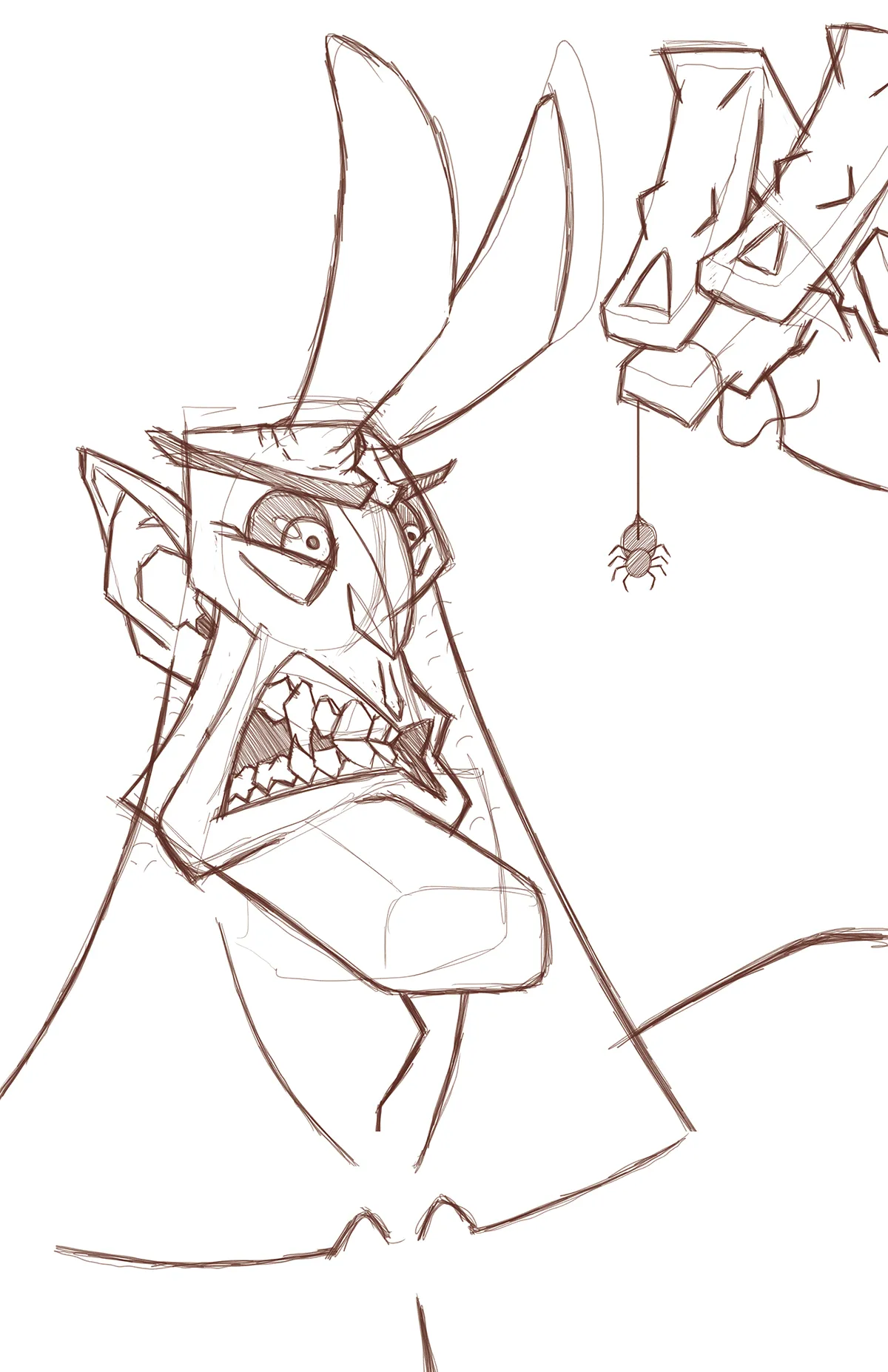
Cars and Vehicles
Cars and other vehicles are the most popular types of diecast models. This category includes a vast array of vehicles, from classic cars and muscle cars to modern sports cars and everyday vehicles. Collectors often focus on specific makes, models, or eras, building extensive collections of their favorite vehicles. The variety is immense, with models available from almost every car manufacturer worldwide. The popularity of car models stems from their iconic status, design, and historical significance. There are many subcategories within cars, including race cars, concept cars, and limited-edition models.
Aircraft and Military Vehicles
Aircraft and military vehicles represent another major category in the diecast model world. These models capture the engineering and history of aviation and military technology. Aircraft models range from vintage biplanes and World War II fighters to modern jetliners and military aircraft. Military vehicle models include tanks, armored personnel carriers, and other vehicles used in various conflicts throughout history. Collectors of these models often appreciate the detail and accuracy required to replicate the complex designs of these machines, along with the historical significance they represent. These models are available in many scales, from small desktop models to large, highly detailed replicas.
Trains and Transportation

Trains and other transportation models are a significant part of the diecast model market, appealing to both train enthusiasts and collectors interested in historical modes of transport. These models encompass a wide range of locomotives, passenger cars, freight cars, and trams, representing different eras and regions. The level of detail and realism varies, with some models featuring intricate interiors, working lights, and sound effects. The collecting of train models is often integrated with model railroading, allowing enthusiasts to create complete layouts and display their collections in a dynamic setting. Transportation models go beyond trains, including buses, trucks, and other vehicles that played a key role in the movement of goods and people.
Factors Influencing Diecast Model Value
Rarity and Limited Editions
Rarity and limited editions greatly impact the value of diecast models. Models produced in small numbers or for special events are more likely to appreciate in value. Limited editions often come with special features, such as unique paint schemes, detailing, or packaging, which make them highly desirable to collectors. The scarcity of a model directly affects its demand, which in turn influences its price. Collectors often seek out rare models to complete their collections or to invest in pieces that may increase in value over time. The limited availability of a model can also drive up prices on the secondary market.
Brand and Manufacturer Reputation
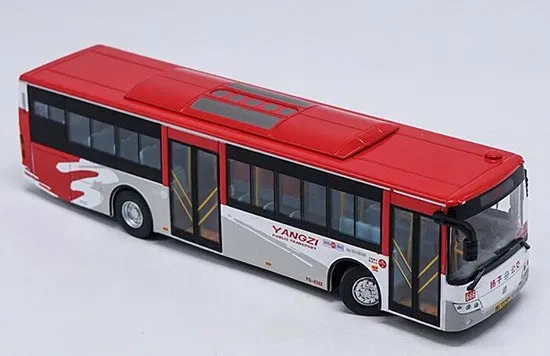
Brand and manufacturer reputation is another crucial factor in determining the value of diecast models. Established brands known for quality, detail, and accuracy tend to command higher prices. Manufacturers with a long history of producing high-quality models often have a loyal following, increasing the demand for their products. The use of high-quality materials, realistic detailing, and accurate representations of real vehicles contribute to a positive reputation. Collectors often prioritize models from well-regarded manufacturers when building their collections, recognizing the brand’s commitment to excellence. The reputation also affects the collectibility and investment potential of the models.
Condition and Preservation
The condition and preservation of a diecast model play a major role in its value. Models in mint condition, with no damage or wear, are highly sought after. Collectors place a premium on models that have been well-maintained and stored properly. Factors such as the original packaging, included accessories, and documentation can also influence the model’s value. Preserving the model’s condition involves protecting it from dust, sunlight, and other environmental factors. Proper storage and handling practices are crucial for maintaining the model’s original condition and maximizing its value. Models with original packaging and accessories tend to be more valuable than those without.
How to Start Collecting Diecast Models
Setting a Budget
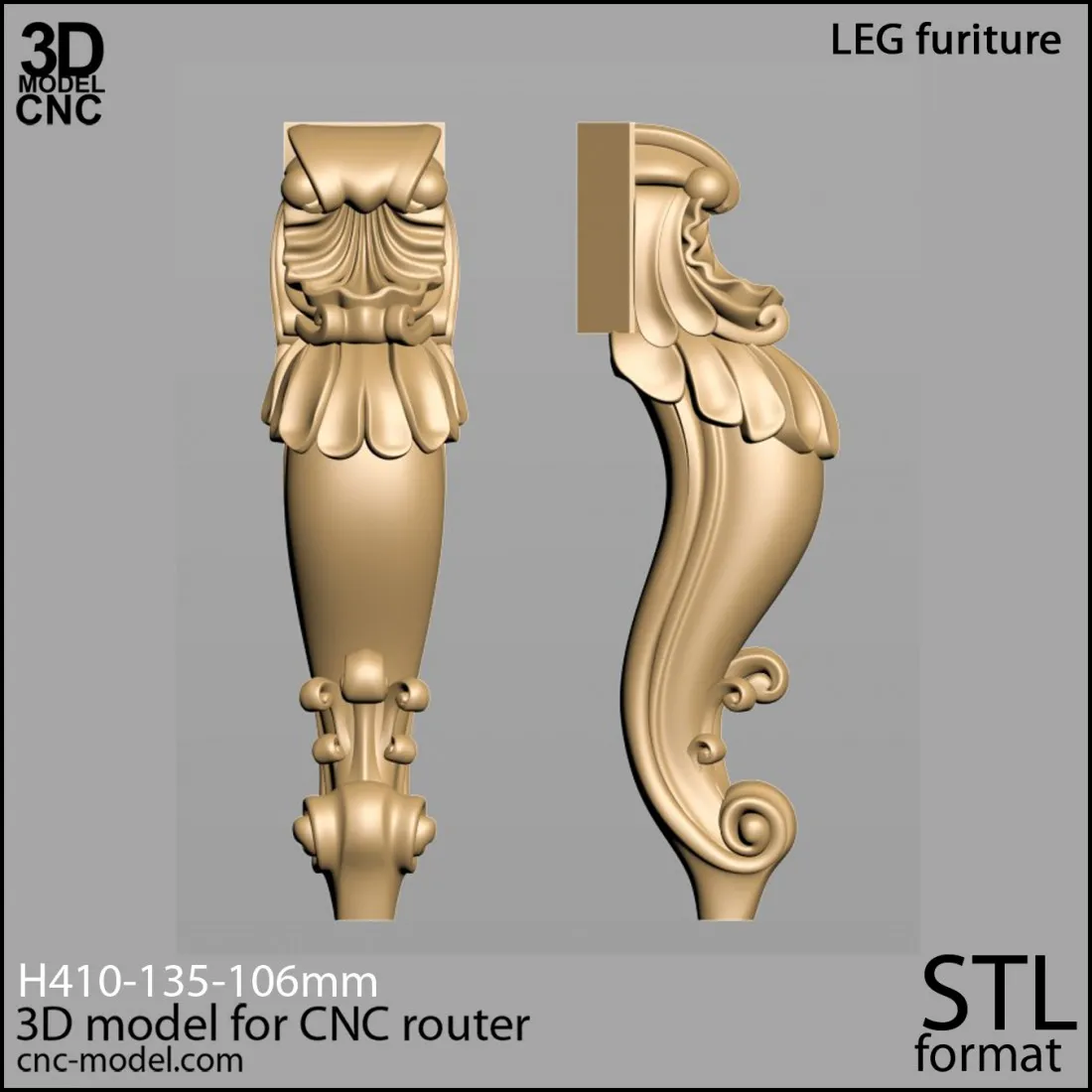
Setting a budget is the first step in starting a diecast model collection. Determining how much you are willing to spend on models helps in making informed choices and avoids overspending. Consider the frequency of purchases and the average price of the models that interest you. Start small and gradually increase your budget as your knowledge and interest grow. Research the prices of different models and manufacturers to get an idea of the costs involved. Having a budget also helps in avoiding impulse purchases and sticking to your collecting goals. It’s a good practice to allocate funds for essential accessories, such as display cases and cleaning supplies.
Researching and Identifying Models
Researching and identifying models is essential for a successful diecast model collection. Learn about different manufacturers, scales, and model types to narrow your focus and make informed decisions. Utilize online resources, collector forums, and model catalogs to gather information. Familiarize yourself with the details of the vehicles you are interested in, including their history, design, and features. Identify the specific models you want to collect and determine their availability and value. Researching enables you to assess authenticity, identify rare items, and avoid fakes. Join online communities, where collectors share information, reviews, and tips on various models.
Where to Buy Diecast Models
There are several places to buy diecast models, each with its advantages. Online retailers offer a vast selection and convenience, allowing you to browse and purchase models from home. Specialty diecast model stores often provide expert advice and a curated selection of models, along with an opportunity to inspect the models before buying. Local hobby shops may also carry diecast models and provide a space to interact with other collectors. Model shows and swap meets are great places to find rare and vintage models, meet fellow collectors, and negotiate prices. Auctions and online marketplaces offer a chance to find limited-edition models, but be cautious about authenticity and condition.
Caring for and Displaying Your Collection
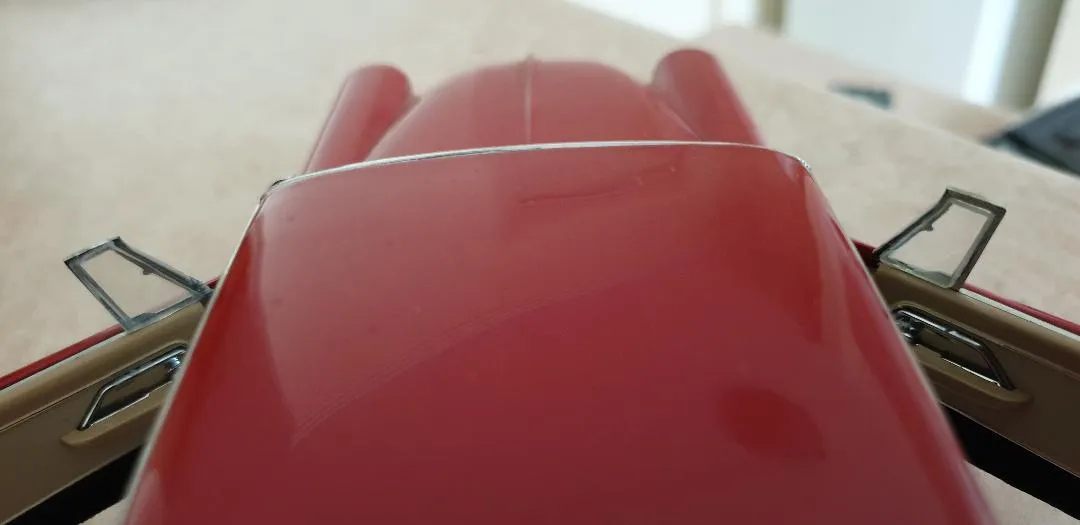
Cleaning and Maintenance
Cleaning and maintaining your diecast model collection is essential to preserve its value and appearance. Dust regularly with a soft brush or cloth to prevent scratches and grime buildup. Avoid using harsh chemicals or abrasive cleaners that could damage the paint or detailing. For stubborn dirt, use a mild soap solution and a soft cloth, taking care not to get water inside the models. Inspect models periodically for any signs of damage or wear and address issues promptly. Store your models in a cool, dry place away from direct sunlight, which can fade colors and damage materials.
Proper Display Techniques
Proper display techniques enhance the visual appeal and protect your diecast model collection. Use display cases or shelves to showcase your models, protecting them from dust and accidental damage. Arrange your models in an aesthetically pleasing way, considering color, scale, and theme. Use lighting to highlight the details of the models, but avoid direct sunlight, which can cause fading. Consider adding background elements like dioramas or miniature accessories to create a more immersive display. Regularly rearrange your collection to keep it fresh and interesting. Displaying your collection allows you to enjoy and share your passion with others.
The Future of Diecast Models
Technological Advancements
Technological advancements are shaping the future of diecast models. 3D printing is enabling the creation of highly detailed and customizable models, opening up new possibilities for collectors and manufacturers. Innovations in materials and manufacturing processes are leading to improved realism and durability. Digital design tools allow for greater precision and the ability to replicate complex features. Integration with electronics, such as working lights and sound effects, is becoming more common. The use of augmented reality (AR) and virtual reality (VR) could allow collectors to interact with their models in new and immersive ways. These technologies offer exciting possibilities for the evolution of diecast models.
The Growing Collector Community
The growing collector community is a vital element of the diecast model industry. Online forums, social media groups, and model shows bring collectors together to share their passion, exchange knowledge, and buy, sell, and trade models. The community supports the industry by driving demand, promoting the hobby, and fostering a sense of belonging. The growth of the collector community is fueled by the increasing accessibility of information, the desire to connect with like-minded individuals, and the rising popularity of collecting as a hobby. The community supports the manufacturers and dealers and contributes to the evolution of the diecast model industry.
